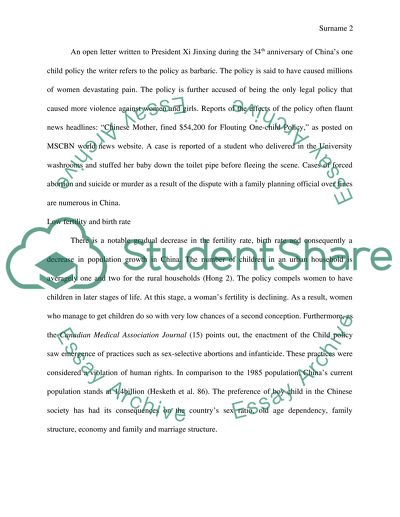Cite this document
(“The adverse effectdisadvantageof Chinese One Child Policy and solution Research Paper”, n.d.)
Retrieved from https://studentshare.org/sociology/1681938-the-adverse-effectdisadvantageof-chinese-one-child-policy-and-solution
Retrieved from https://studentshare.org/sociology/1681938-the-adverse-effectdisadvantageof-chinese-one-child-policy-and-solution
(The Adverse Effectdisadvantageof Chinese One Child Policy and Solution Research Paper)
https://studentshare.org/sociology/1681938-the-adverse-effectdisadvantageof-chinese-one-child-policy-and-solution.
https://studentshare.org/sociology/1681938-the-adverse-effectdisadvantageof-chinese-one-child-policy-and-solution.
“The Adverse Effectdisadvantageof Chinese One Child Policy and Solution Research Paper”, n.d. https://studentshare.org/sociology/1681938-the-adverse-effectdisadvantageof-chinese-one-child-policy-and-solution.


